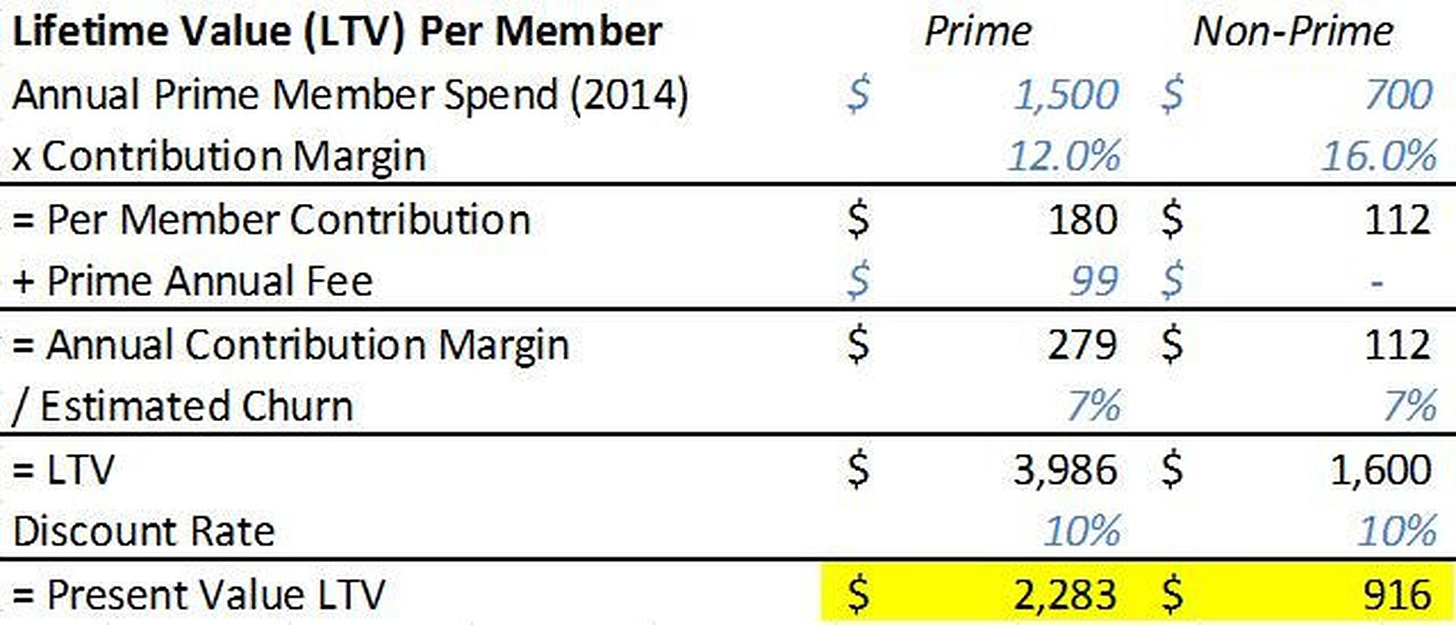Customer lifetime value
LTV: How to calculate the lifetime value
Customer lifetime value helps you measure the net profit your customers generate over the duration of their relationship with your business. Customer lifetime value often called CLV or LTV
Why is customer lifetime value so important?
Customer lifetime value tells you how much business value each individual customer generates. As a result, CLV is used to understand if your customer relationships are profitable. Product, marketing, advertising, and sales teams often use CLV to find out how much money they can spend on acquiring, engaging, and retaining customers while still being profitable.
But before you get to calculating CLV, there are a few other things you must know:
Average Purchase Value
This is the average value of a customer transaction. For example, for an eCommerce company, this could be the average value of each cart, while for a subscription service this could be the cost of the subscription.
Average Gross Margin
This tells you what part of each customer purchase is profit and what part is cost. The average gross margin can be calculated with the following formula:
Gross Margin = (Total Revenue – Cost of Sales) ÷ (Total Revenue)
Purchase Frequency
This is the average number of transactions a customer makes over a given time period (usually a year). Purchase frequency can be calculated by dividing the average number of purchases by the average number of customers. For example, for a monthly subscription service, the number of purchases made over a year is 12.
Customer Lifespan
This is the length of a typical customer relationship. To make calculations easier, this is generally measured in multiples of the same period as the purchase frequency. For example, a business that retains its customers well may have a customer lifespan of 5 years, while one that isn’t good at retaining its customers may have a lifespan of 6 months or 0.5 years.
Improving customer lifespan is often a very effective way to improve your CLV.
Customer Acquisition Cost
Customer acquisition cost, often called CAC, is the average amount you spend on acquiring a customer and includes everything from marketing and advertising to sign up incentives,( for example, a $10 Amazon gift card).
How do I calculate customer lifetime value?
Just multiply your average purchase value with your average gross margin, purchase frequency, and customer lifespan. Finally, subtract your cost of acquisition.
CLV = (Average Purchase Value × Gross Margin × Purchase Frequency × Customer Lifespan) – CAC
For example, if your product is a $10 a month subscription service with an average gross margin of 70% and you spend $20 to acquire a customer with a lifespan of 60 months (or 5 years), your customer lifetime value calculation would look like this:
CLV= ($10/month × 0.7 × 12 months/year × 5 years) – $20 = $400
CLV of an Amazon prime customer
Customer lifetime value is an interesting way to gauge the economics of subscription businesses. It can be calculated in several different ways, but it comes down to how much extra profit a customer will contribute over time. To calculate it for Amazon Prime members, you need to know three things: How much will Prime members spend, at what contribution margin, and over how many years? Below, using a few assumptions, I've roughly answered those questions, and I've calculated an estimated lifetime value.
1. How much will each Prime member spend per year?
According to a 2013 study by the Consumer Intelligence Research Partners, Amazon Prime members spend $1,340 annually -- more than twice as much as non-Prime shoppers, who spend $650 annually. Those estimates were for 2013, and I expect spending per customer to increase each year. Thus for 2014, I'm assuming that Prime members will spend $1,500 and non-Prime customers will spend $700.
2. What is the contribution margin of Amazon Prime members?
The contribution margin is a managerial account concept, so it may not be familiar to many investors. Essentially, it's a customer revenue less than the variable costs necessary to earn that revenue. Amazon generated $75 billion in net revenue in 2013. Subtracting the variable costs associated with earning that revenue, i.e., cost of goods, shipping, fulfillment, estimated content costs, and estimated Prime fees (to avoid double-counting later), leaves $10 billion of contribution margin, which is 14% of revenue. That is the average across all Amazon customers. Since Prime members generate higher shipping costs, I assumed that the contribution margin for Prime members and non-Prime shoppers are 12% and 16%, respectively.
3. How long will Prime members stay with Amazon?
The average expected tenure of members can be estimated based on churn rates. For Amazon Prime members, Piper Jaffray estimates annual churn will be 5%; CIRP estimates it will be 6%. Those estimates both look low for me, so I assumed slightly higher churn of 7%.
Bringing it all together
Using the estimates described above, I calculated the lifetime value of Prime ($2,283) and non-Prime members ($916) using a 10% discount rate. Admittedly, these numbers are imprecise. Since Amazon doesn't disclose all the data necessary, I had to use numerous assumptions and estimates to fill gaps and simplify the model. Often, though, back-of-the-envelope calculations are the most useful for forming big-picture conclusions.

Reading list :
https://wiki.fool.com/What_Is_Needed_to_Calculate_Contribution_Margin%3F
https://andrewchen.co/how-to-actually-calculate-cac/
http://en.wikipedia.org/wiki/Customer_lifetime_value



